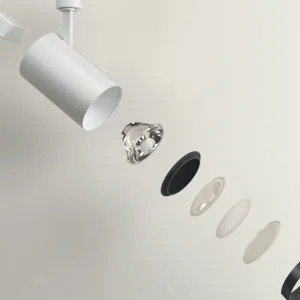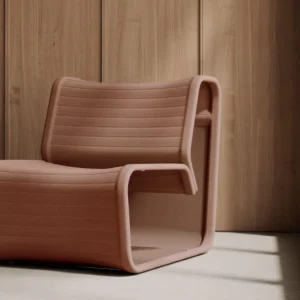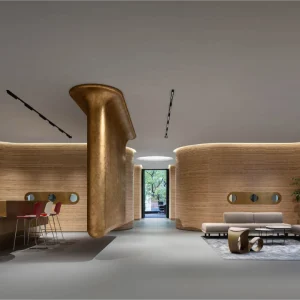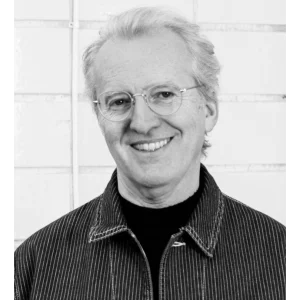The facility spans over an area of 131,246 gross square feet while accommodating 500 beds. It incorporates several eco-friendly elements such as use of solar panels which account for 12.5% of its energy source, and high-performance heat recovery systems.
All the rooms of the building are equipped with single switches which allow the residents to turn off power to non-essential and not-in-use outlets. The hall also imbibes natural light harvesting systems and efficient lighting fixtures which run low on energy consumption. Further, there is an electricity monitoring system which utilises meters and information kiosks to keep a check on the electricity used.
The sinks, showers and toilets of the building comprise low-flow water fixtures which reap water cost cuts. Water usage is further reduced by use of native plantings, thereby phasing out or slashing irrigation needs. Extensive use of low VOC materials, and diversion of plastic containers from reaching the landfills via a free water bottle filling station adds to sustainability. The hall offers 40% in energy and water savings over traditional buildings of similar dimensions by employing the green measures.





